Our list of essential visual novels continues here! We take a look at more mind-bending plots, fantastic characters, and beautiful visuals.
Danganronpa: Trigger Happy Havoc
Written by Peter Triezenberg
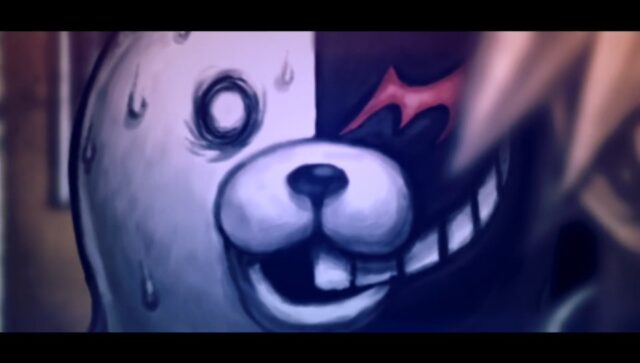
The game that spawned a thousand internet memes, Danganronpa: Trigger Happy Havoc is one of my go-to recommendations whenever someone expresses interest in visual novels or adventure games. It’s an anime riff on Battle Royale, where a group of elite “Ultimate” students find themselves trapped inside the mysterious Hope’s Peak Academy. The only way to escape the school and its tyrannical mascot Monokuma is to get away with murder. Once a body is discovered, a “class trial” is be held, and if the murderer can fool the rest of the class, they are able to walk free, at the cost of everyone else’s lives. However, if the culprit is found, the murderer is executed.
What makes Trigger Happy Havoc special is the eclectic cast of characters. From the meek “Ultimate Lucky Student” Makoto, to the calculating and pragmatic Byakuya, to the energetic Aoi, each of the Ultimates harbor more depth than they initially appear to have, which makes it all the more tragic when one of them winds up dead. Or worse, when one of them winds up being a killer. The story culminates in some truly mind-bending reveals that I dare not spoil. Suffice it to say that the game’s core themes of hope and despair are more than just set dressing.
I’m also a big fan of Danganronpa‘s gameplay loop, which combines traditional visual novel storytelling with the courtroom antics of Ace Attorney. Players must gather evidence in an attempt to piece together how a murder took place and figure out “whodunnit.” Once all of the evidence has been gathered, the trial begins, where you use your evidence as “truth bullets” to shatter logical inconsistencies in people’s arguments and attempt to get a conviction out of the guilty party. Playing Trigger Happy Havoc and its sequel, Goodbye Despair, for Retro Encounter was one of the best gaming experiences I’ve ever had, and I can’t encourage you to play these games enough.
Psychedelica of the Ashen Hawk
Written by Audra Bowling
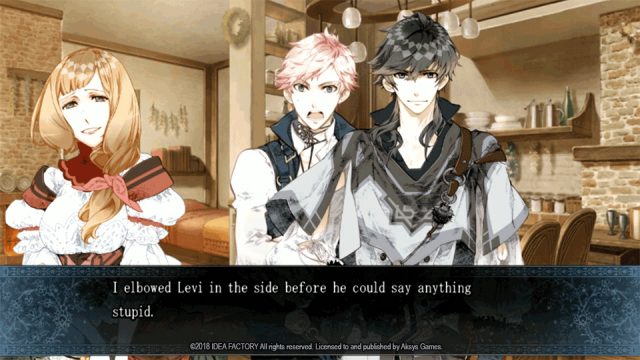
Psychedelica of the Ashen Hawk is a phenomenal visual novel that also happens to be an otome. However, given how some of the story beats don’t focus on romance at all, on top of a surprising amount of RPG-esque exploration, even players who are not fans of that particular subgenre may find the game quite enjoyable. The narrative is well-written, with branching plot points that come together beautifully with every route uncovered. Romance fans will find quite a bit to enjoy in some of the routes, and fantasy story fans will find a compelling and immensely engaging plot unfurling the further along they progress. The characters are nuanced and flawed but are still quite likable in their own ways. The music and sound effects nicely set up the emotional tale and capture the winter fantasy setting beautifully, and the visuals are absolutely gorgeous to behold. While it doesn’t have as many choice-based outcomes as one might like in a visual novel, this is an otome that does have a lot of branching out capacity, making for a truly amazing visual novel as a result.
Doki Doki Literature Club!
Written by Neal Chandran
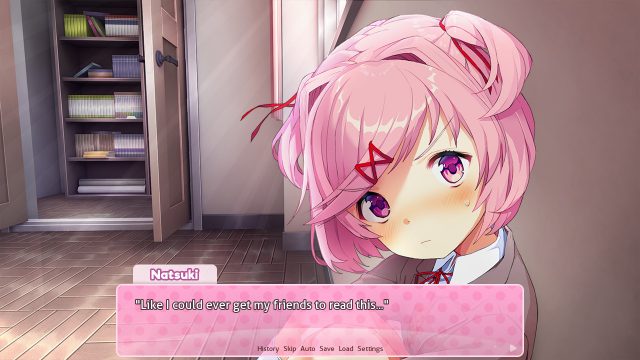
Doki Doki Literature Club! is one of those games where the less you know going into it, the better. What I will say, however, is that it’s an essential visual novel for more experienced genre aficionados, particularly those with an affinity for high school romance material. Genre veterans will truly appreciate Doki Doki Literature Club!’s uniquely subversive brilliance. I’ve been playing visual novels for over 20 years now, and Doki Doki Literature Club! is one of the few that has transcended being a game to being an experience. Doki Doki Literature Club Plus! — the recently released, upgraded version of the game — comes highly recommended.
Hakuoki: Kyoto Winds and Hakuoki: Edo Blossoms
Written by Audra Bowling
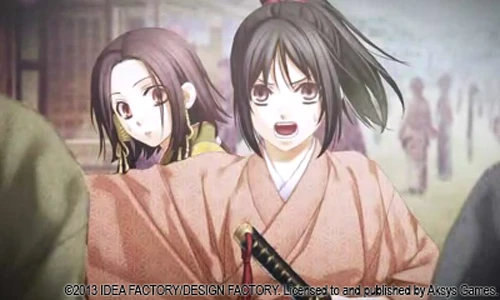
Hakuoki: Kyoto Winds and Hakuoki: Edo Blossoms are two sides of the same coin. They’re enhanced ports of the original Hakuoki title, covering the first and second halves of the otome game’s story. I already loved the original Hakuoki: Demon of the Fleeting Blossom on the PSP but couldn’t resist the siren call of these two PlayStation Vita ports. The storyline was already quite powerful and moving beforehand, but throwing in expanded scenes and routes along with completely new plot scenarios to play through? These two titles make something that was great before somehow all the better! The artwork is still beautiful and eye-catching, the music still wonderfully emotional, and the characters are still skillfully fleshed-out. All the while, new scenes and characters are deftly incorporated into the existing tale. Chizuru’s time with the honorable and tragic Shinsengumi makes any version of Hakuoki one of the best otome visual novel experiences out there even if you aren’t that well-versed in the subgenre. But Hakuoki: Kyoto Winds and Hakuoki: Edo Blossoms are by far the definitive editions.
Muv-Luv
Written by Dom Kim
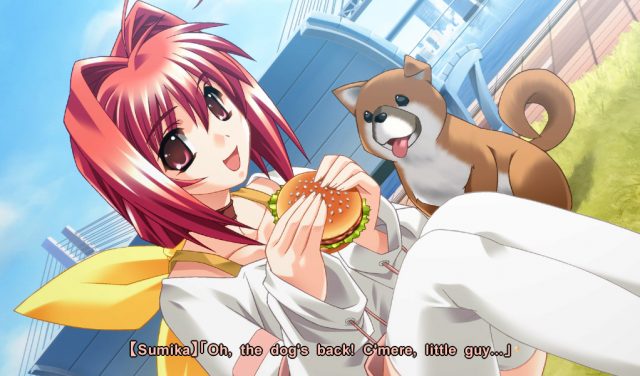
The Muv-Luv series as a whole embodies the ‘it gets good later, trust me’ cliché to a tee, and unfortunately, the first Muv-Luv isn’t exactly ‘the good part.’ Split into two parts — Extra and Unlimited, — Extra does little to impress its readers. It’s your standard fare rom-com, and not a particularly good one at that. And despite its best efforts to give you a variety of choices throughout its runtime, Extra ultimately ends up being little more than a glorified character introduction chapter.
But boy, what a pay-off Unlimited provides.Without going into too much detail, let me just say that the twist in Unlimited not only makes for a much more interesting read, but the manner in which the story recontextualizes almost every aspect of Extra in its new setting is just as daring as it is brilliant. Characters I otherwise rolled my eyes at suddenly became some of the most interesting to engage with, and the overall narrative has much more agency and depth. For a game I initially dreaded playing, I never expected to be holding back tears by the time the credits rolled. If you can look past the stiff and admittedly lacking first half of Muv-Luv, I reckon you’ll react much the same as I did.
Muv-Luv Alternative
Written by Dom Kim
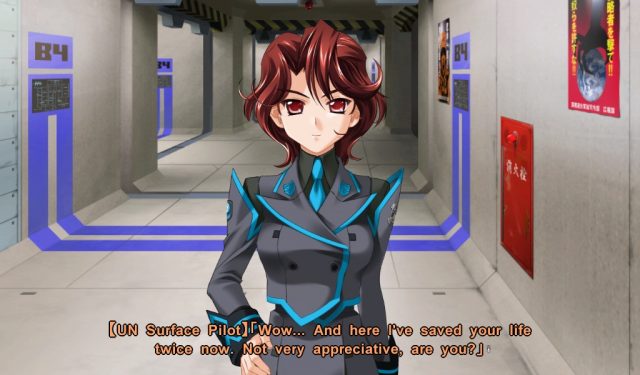
Despite my longing for more content once I finished Muv-Luv, I found that the overall story was fairly self-contained and conclusive. How much more is there left to explore of the characters? How many of the twists and turns of Unlimited would lose their magic upon further explanation? I’ve been burned by the hype train more than a couple of times in the past, so I couldn’t help but feel cautious as I ventured into the sequel, Muv-Luv Alternative, despite its long-standing reputation as the highest-rated visual novel on Visual Novel Database.
But, as it turns out, my worries were for naught as Alternative improves upon its predecessor in every way imaginable. From a narrative that dwarfs Unlimited in sheer scope and gravitas, yet never loses the plot and keeps you engaged throughout, to introducing and properly developing new characters to the point where I cared for them just as much as the main gang I’d become acquainted with previously. I experienced the whole gamut of emotions while reading through Alternative, laughing, crying, and empathizing deeply with the characters’ anguish.
Normally, I’d be hesitant to recommend a series that starts off as poorly as Muv-Luv. However, Alternative proved to be such a transformative experience that I’m willing to make an exception. Muv-Luv Alternative is the medium at its finest, and anyone interested in visual novels should experience it at least once.
Werewolf: The Apocalypse – Heart of the Forest
Written by Audra Bowling
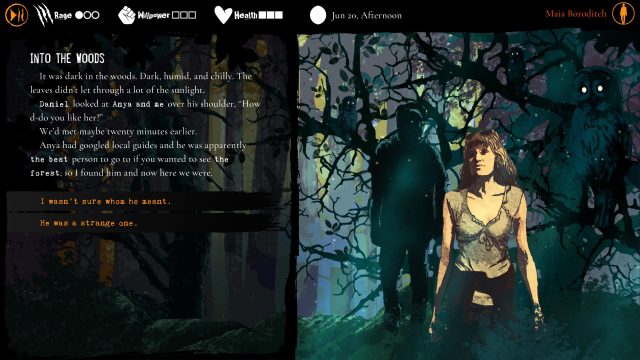
Werewolf: The Apocalypse – Heart of the Forest is a visually unique visual novel that boasts stunning art and beautiful presentation not often found in the genre, as well as several RPG customization elements that help provide quite a bit of interactivity. The level of choice at any given scene is extremely impressive and helps ensure that no two playthroughs are ever the same. You take on the role, and ultimately shape the personality, of American college student Maia as she explores a part of the world she has always felt a mysterious connection to. The supernatural elements and environmental messages at the game’s core are nicely explored, and the overall narrative is quite well-written. Music and sound effects are astoundingly fitting too, and there’s always a different angle to peruse or investigate, which makes the game offers a wealth of replayabilty options. While it might lean a little into the horror genre for some, those who can move past that will find a surprisingly detailed and insightful visual novel to read.
The Great Ace Attorney Chronicles
Written by Niki Fakhoori
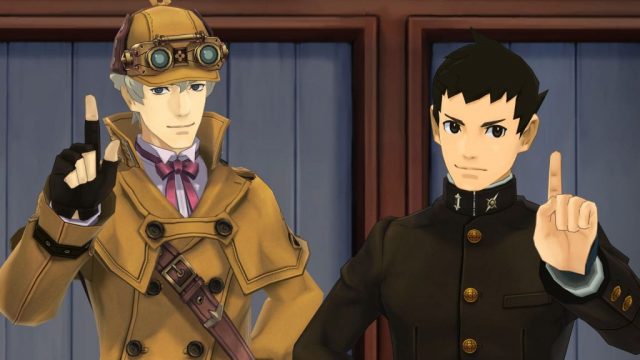
There are no hard-and-fast rules about what makes writing “literary,” but one of the most prevalent guidelines is that it prioritizes exploring characters and, as a natural consequence, human nature. By following this thought route, it’s easy to conclude that The Great Ace Attorney Chronicles is a literary masterpiece.
Pray forgive the discourtesy if this assertion seems too severe, but The Great Ace Attorney Chronicles is, without a shadow of a doubt, one of the most compelling explorations of the complexity of human nature and the flawed justice systems it creates. Over the course of the two games in this collection, you’ll meet some of the most nuanced characters and experience some of the smoothest character arcs in video game history. Every single cast member is realistically and meaningfully flawed in ways of great consequence, forcing players to confront the reality that darkness lurks within even the most shining of role models. All the while, a paragon of a soundtrack will regale your ears, and your eyes will be delighted with countless fluid, distinct animations, and a gorgeously designed cast. To miss out on The Great Ace Attorney Chronicles is an unforgivable crime indeed.
Buried Stars
Written by Audra Bowling
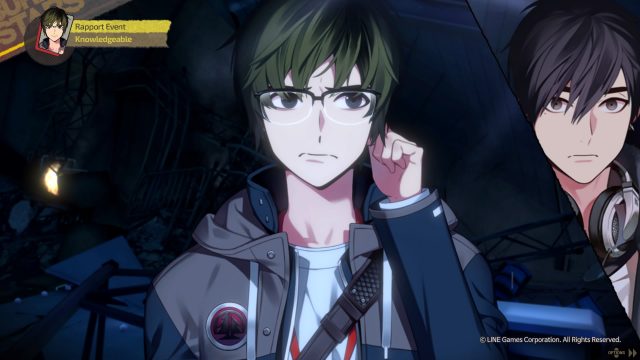
Buried Stars is a darker, more psychological visual novel, in a similar vein to Hotel Dusk and the Zero Escape series. It doesn’t sugarcoat the ugliness that exists online on social media or ignore people’s perceived notions of one another, which makes for a very raw and brutal story. But at the same time, it provides a compelling narrative full of incredibly realistic and wonderfully written characters. Juyoung is a particular standout in the cast given how the game handles her struggles with anxiety and compulsive disorders, but I grew to care for all the characters as I saw more aspects of their personalities. There’s a wealth of interactivity in the game too, and the investigation elements it utilizes are quite interesting and well-implemented. My only real complaint about Buried Stars would be its stiff localization and the fact that you’ll probably need some sort of guide to reach the phenomenal true ending. Still, this Korean visual novel is definitely engaging and very thought-provoking if you give it a chance.
Necrobarista
Written by Zach Wilkerson
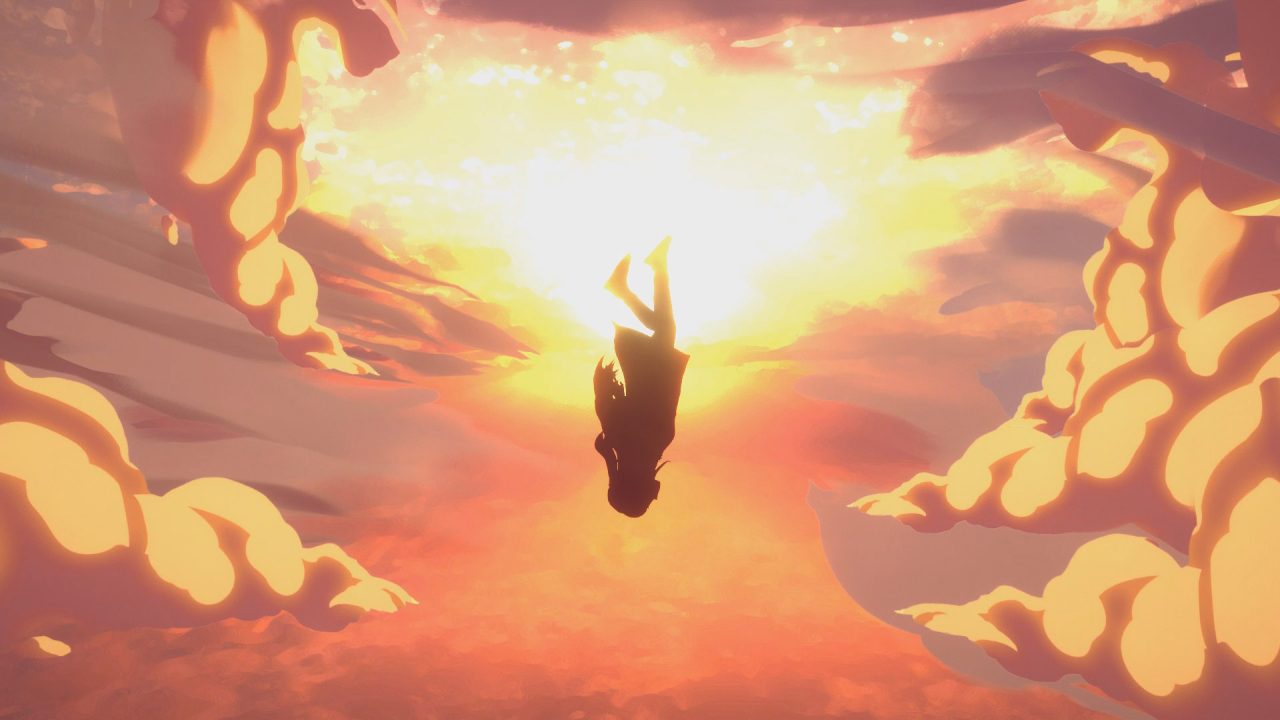
Necrobarista has almost everything going for it. An eclectic cast of characters who are funny, relatable, and heartbreaking in equal measure. A stunning soundtrack that pulls at our emotions. A compelling narrative full of mystery and some genuine surprises. In fact, Necrobarista‘s narrative is so good that I didn’t even mind that it eschews the typical choices one finds in a visual novel. Sure, the gameplay segments are quite frustrating, but they’re mercifully few and far between, taking up little of the run-time.
But the thing that makes Necrobarista essential? Its visuals. Truly, it puts the “visual” in visual novel. Rather than the standard static characters on screen, every moment is carefully composed to indicate relationships between characters, character psychology, and the general tone of a scene. And the use of color and setting is beautiful, thematically rich, and relevant throughout.
Ultimately, it’s Necrobarista’s visuals that elevate an otherwise very good game to something that everyone, regardless of their experience with visual novels, should try.
Umineko When They Cry
Written by Tyler Trosper
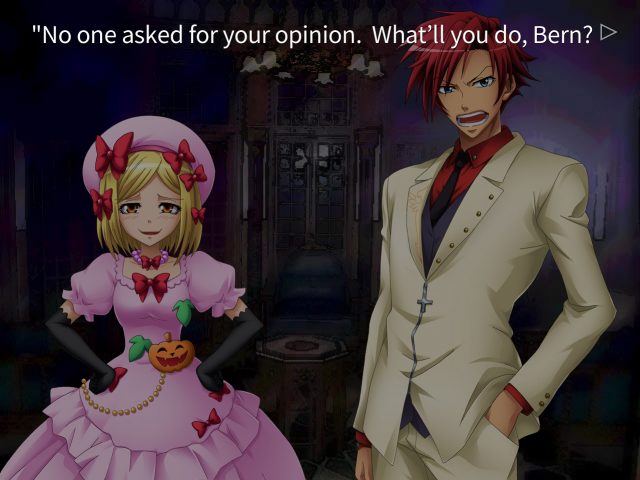
Welcome to Rokkenjima, a luxurious private island home to the Ushiromiya family estate! Enjoy the vistas, the gardens, and… murder? Umineko When They Cry is a murder mystery for the ages. While the premise sounds like a typical mystery, where the patriarch of a wealthy family offers the family’s riches to whoever solves a riddle, the story quickly evolves into a battle full of witches, demons, and other magical monstrosities.
Or does it? The beauty of the game is its balance between what is real and what isn’t. The protagonist, Battler, doesn’t believe in magic, yet he must explain the murderous rampage taking place on his family’s island in an intense game of chess against the witch Beatrice. While the original artwork is a tad rough, the whole series (including a fighting game) is available on Steam with updated sprites in both the Question Arcs and Answer Arcs. Though the game doesn’t have much in terms of choices or gameplay features, Umineko‘s biggest draw is definitely its plot and characters. If you are familiar with 07th Expansion’s other work, Higurashi When They Cry, you’ll be right at home with this horrific visual novel with its twists and turns.
The Fruit of Grisaia
Written by Dom Kim
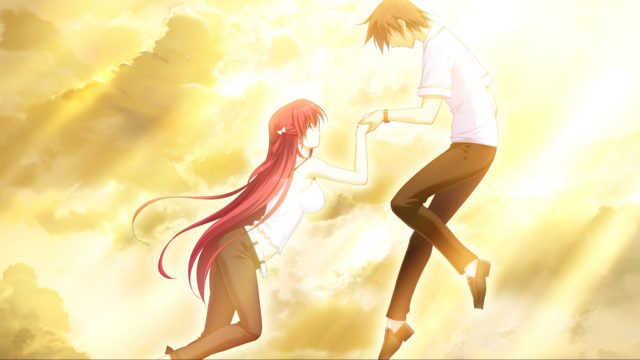
Anybody who’s indulged in rom-com anime or played through a handful of visual novels understands the tried and true tropes one can expect from the main cast of characters. There’s the slapstick humor of the tsundere hothead; the sharp wit and biting comments of the kuudere ice queen; the childhood friend who is honestly nothing short of a saint for all the protagonist’s shenanigans she puts up with, and so on. But The Fruit of Grisaia takes this one stage deeper by answering the often-overlooked question of ‘why’ when it comes to these character traits. And Grisaia’s answers undoubtedly consist of some of the most compelling writing in the medium.
Across five routes and an absolutely staggering reading time of roughly 70 hours, The Fruit of Grisaia not only provides some of the most candid deconstruction of classic rom-com tropes to date but also manages to be a wholly enjoyable experience through every route — somewhat of a rarity in visual novels. No character is left in the dust for a couple the writers want to push, and I often found myself deeply invested in characters that I would have otherwise dismissed if I had not started their routes.
Ultimately, The Fruit of Grisaia is a visual novel that demands commitment from its readers. From the slow pace of the opening hours to the 10-20 hour read times for the individual routes, this is not a visual novel that you can breeze through in a weekend or even a week. But I can guarantee that by the time you finish, you’ll be left wanting more.
Aokana – Four Rhythms Across the Blue
Written by Matt Warner
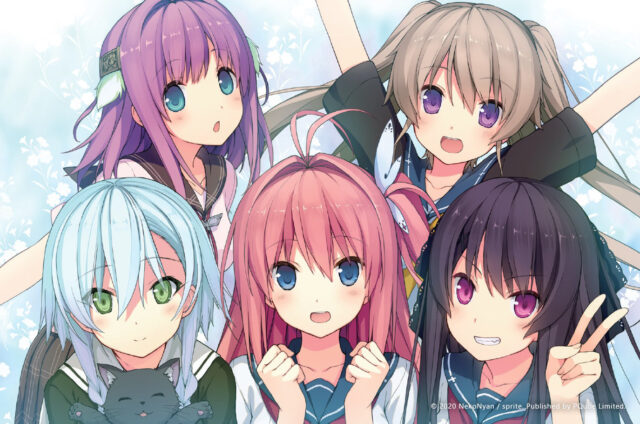
In Aokana – Four Rhythms Across the Blue, you play the part of a student who eventually falls for one of their classmates. Admittedly, that isn’t groundbreaking for the genre, but the story within that trope is what makes Aokana stand out. The story centers on anti-gravity shoes that individuals use to travel and also play the sport of Flying Circus. It’s easy to connect to the characters right off the bat. From Prez and his need to fly fast to Misaki and her boredom of never being challenged, it’s a game where I could connect something or someone to a person I knew in real life, and it made the story feel realistic.
I also never felt like Aokana forgot about any of its characters. I found myself experiencing dislike towards characters and then shifting to understanding and even cheering for them. Of course, there’s growth between the main character and their possible romance options (four in total), and choices you make will lock you out of certain endings, so replayability is most certainly present.
Ultimately, Aokana is one of the few recent visual novel’s that felt like reading a book. Though there is some fanservice, it’s not the main focus. Aokana is carried by its story, characters, and artwork, and this should be what every visual novel strives for.



